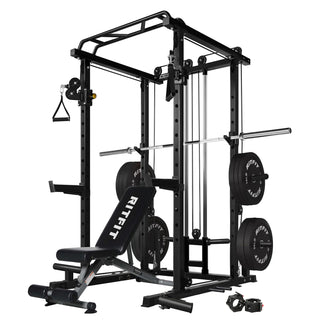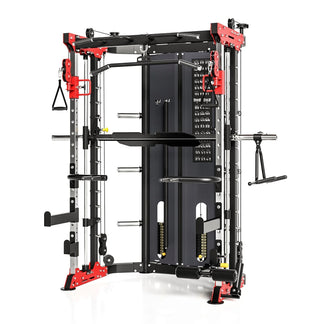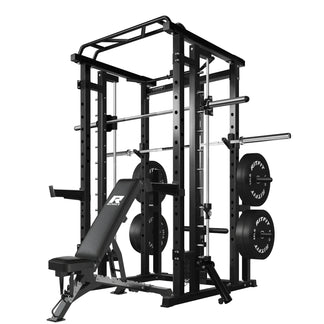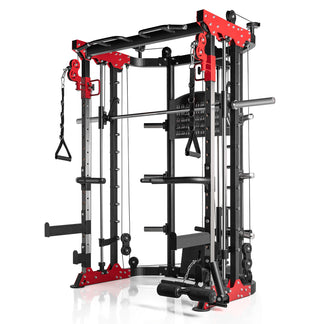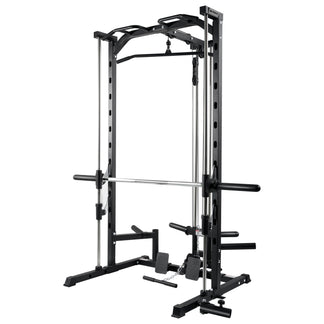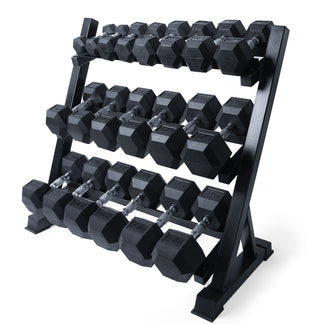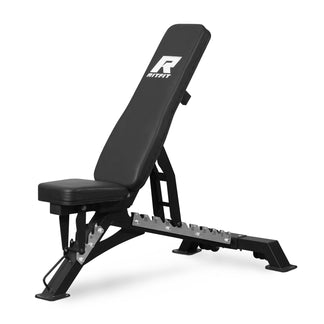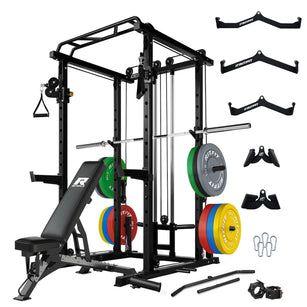FEATURED PRODUCTS
SHOP BY CATEGORY
Absolutely amazing piece of equipment!
The power rack has become the heart of our strength training area within our facility; it truly provides an all-in-one strength building set up. Worth the investment!
Purchased:
LAT-ON-FIRE BUDGET GYM PACKAGE
J. H.
11/17/2023
This is truly a great weight cage.
I knew I had to have this one once I saw it. It contains just enough for me to get a proper workout at home with a great amount of storage and additional features so I can utilize this rack further than many others go.
Purchased:
TOUGHFIT POWER RACK PR-410 MAX
D.
10/26/2023
Amazing quality and price!
This is a great power rack with even more accessories than I expected. I’ve been using for a week now and love the versatility it adds to my home gym! I can basically do some form of any exercise
Purchased:
RITFIT 1000 CAPACITY POWER CAGE
J. W.
10/05/2023











